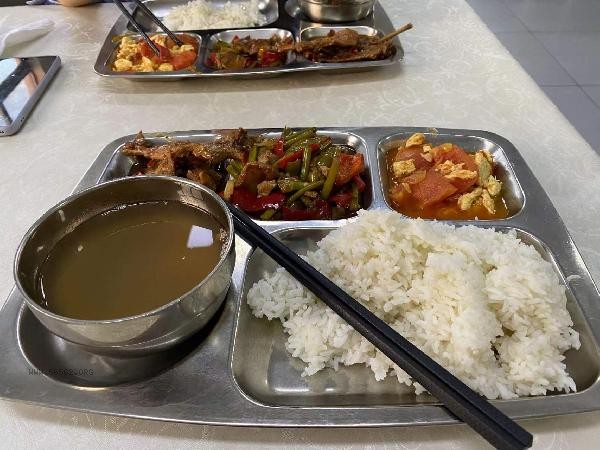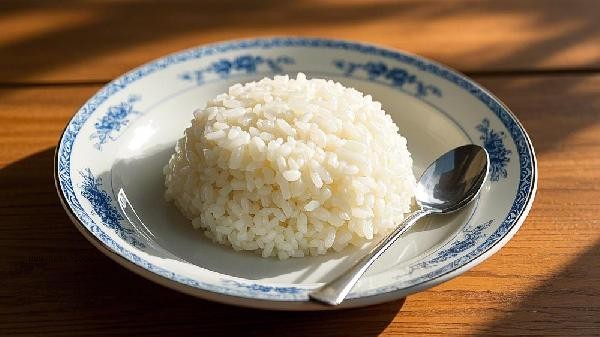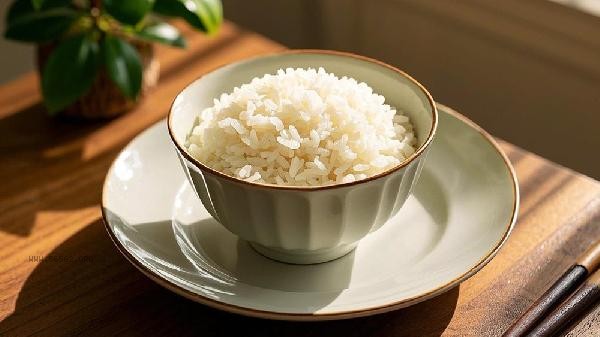Rice that cannot be eaten can be refrigerated or frozen. Specific methods include sealed refrigeration, packaged freezing, adding vinegar or oil, secondary heating sterilization, vacuum treatment, etc.

1. Sealed refrigeration
Storing rice in a sealed container for refrigeration is the most common way of preservation. Rice is prone to bacterial growth at room temperature, and sealing it can reduce water loss and odor invasion. It is recommended to keep the refrigeration temperature below 4 degrees Celsius and store for no more than 24 hours. Before consuming refrigerated rice again, it should be thoroughly heated to a center temperature of 75 degrees Celsius or above to ensure food safety.
2. Packaged Frozen
Rice can be stored for a longer time after being packaged according to a single serving amount and frozen. Wrap the rice with plastic wrap or place it in a sealed bag to expel air, which can prevent rice from frosting and skewing. The shelf life of frozen rice can reach up to one month. When thawing, it is recommended to directly steam or microwave heat it to avoid repeated freezing and thawing, which may cause a deterioration in taste.
3. Adding vinegar or oil
Adding a small amount of white vinegar or cooking oil when cooking rice can prolong the storage time of rice. The acidic environment of vinegar can inhibit bacterial growth, and the addition ratio is 5 milliliters of vinegar per 500 grams of rice. Edible oil can form a protective film on the surface of rice grains, reducing water evaporation. This method is suitable for rice that requires short-term storage, and the refrigeration time can be extended to 48 hours.

Fourth, secondary heating sterilization
Heat the leftover rice in a steamer or microwave until it boils completely, then cool and store it again. High temperature can kill most microorganisms, and it needs to be sealed immediately after cooling. This method is suitable for situations that require delayed refrigeration, but it may slightly affect the taste of the rice. It is recommended to consume it within 24 hours.
V. Vacuum Processing
Using a vacuum sealing machine to remove air from the packaging can significantly extend the shelf life. A vacuum environment can block the oxygen required for microbial survival. It can be stored for 3-5 days under refrigeration and up to 2 months under freezing conditions. Vacuum packaged rice has a taste similar to fresh rice after reheating, making it suitable for situations that require long-term storage.

When storing rice, pay attention to the cleanliness and hygiene of the container, and avoid using metal utensils to hold hot rice. When refrigerated rice has an odor, stickiness, or discoloration, it should be discarded. Different preservation methods can be combined, such as vacuum packaging before freezing. Daily advice is to cook rice reasonably according to the amount consumed, as fresh rice has better nutritional value and taste. The reheated rice can be made into Fried Rice, Congee, etc. to improve the eating experience through cooking.








Comments (0)
Leave a Comment
No comments yet
Be the first to share your thoughts!